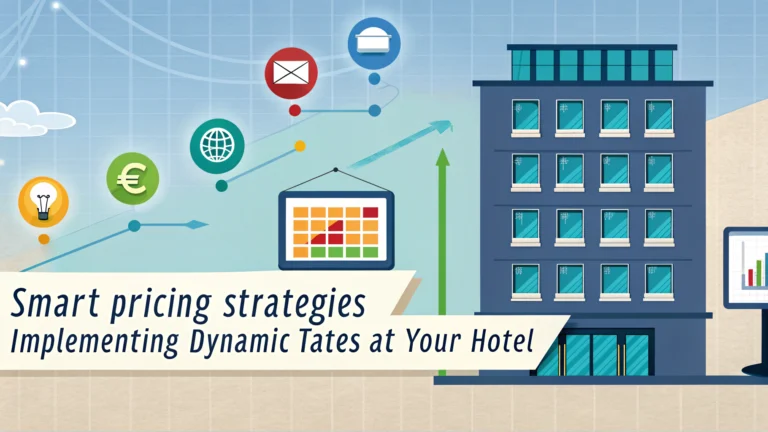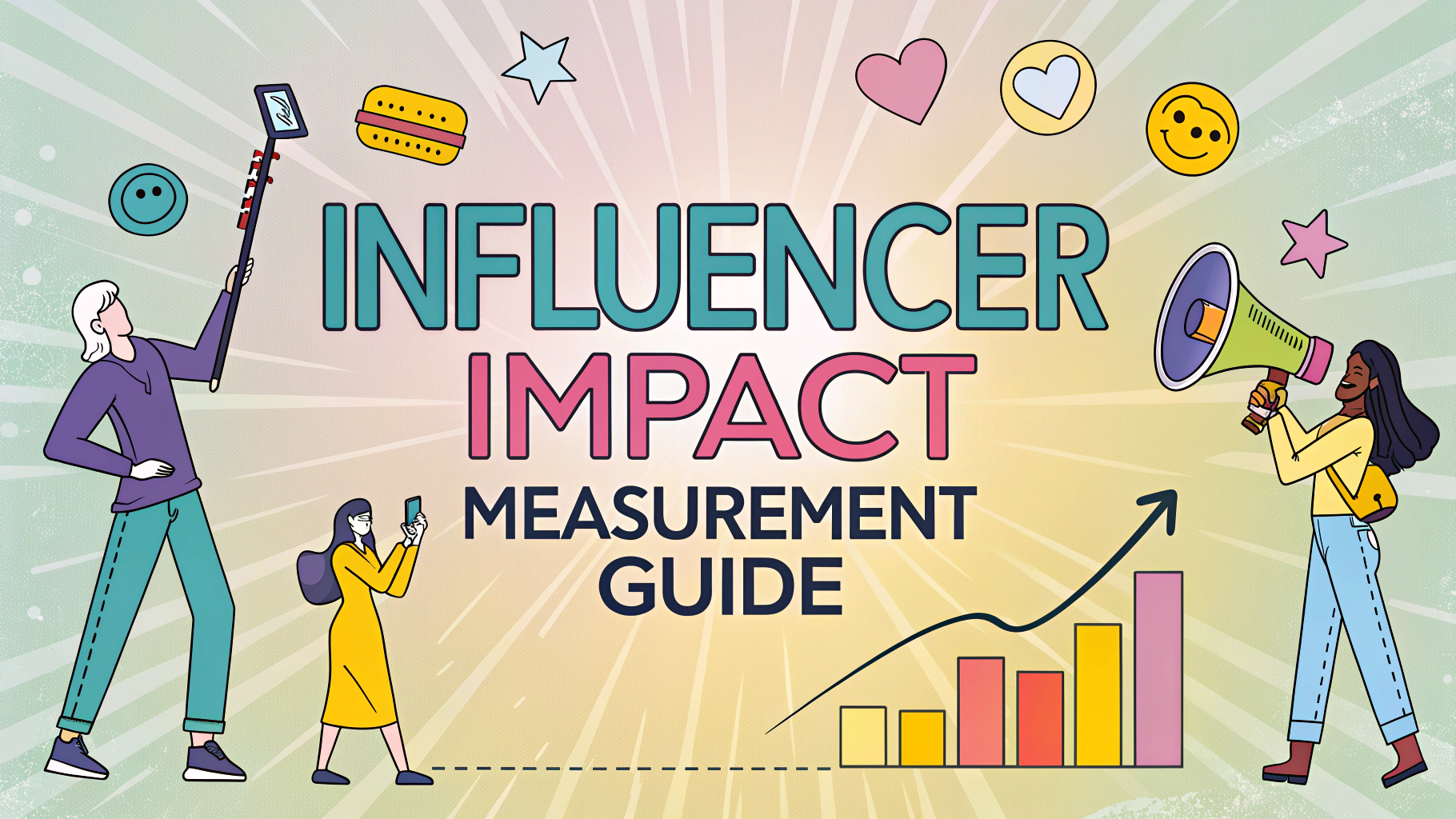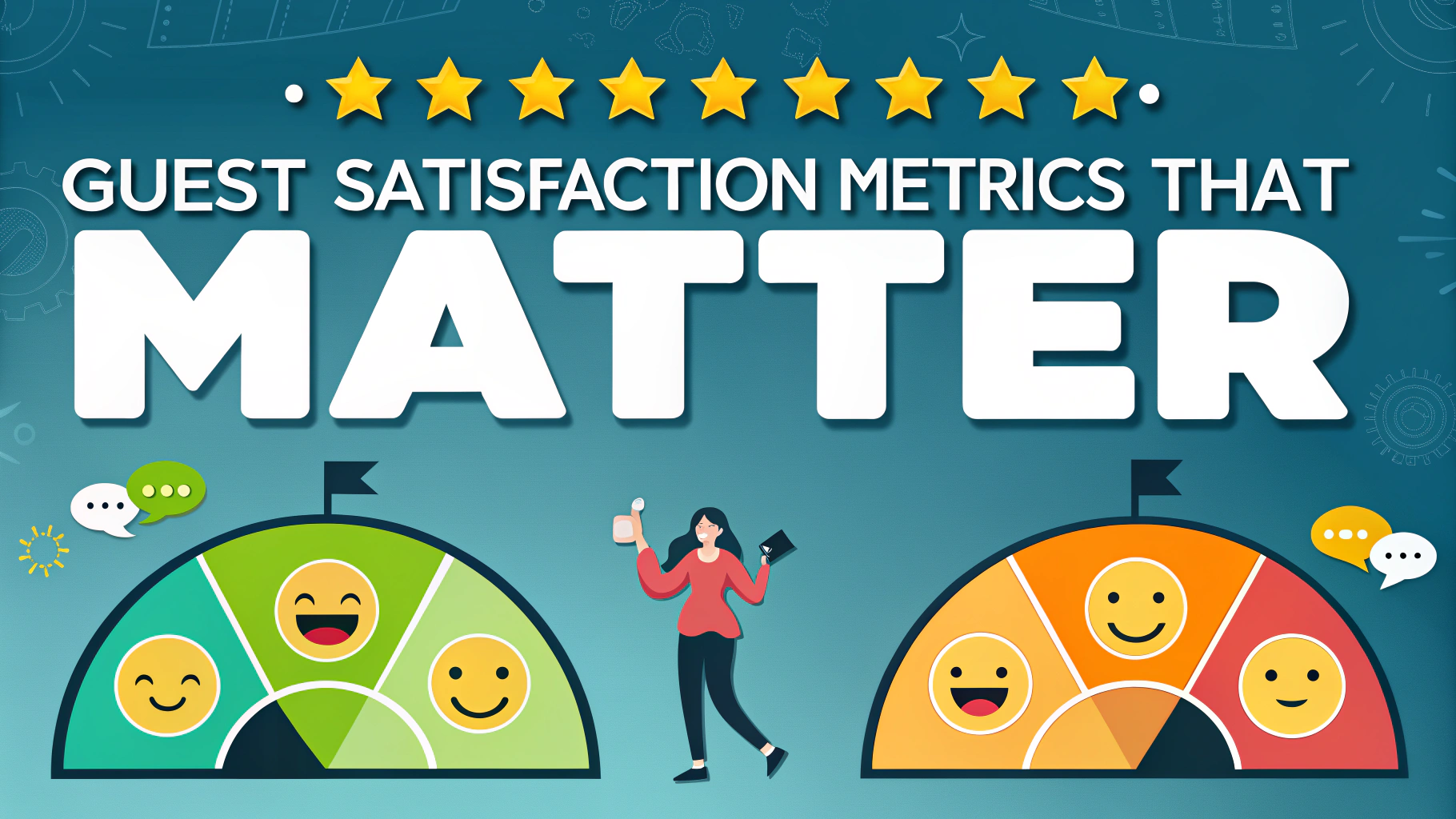Hotels can significantly boost revenue and maximize occupancy by implementing smart dynamic pricing strategies that adjust room rates based on real-time market conditions.
Dynamic pricing allows properties to optimize rates during peak periods while maintaining competitive prices during slower seasons, leading to improved yearly revenue performance.
This quick guide covers proven dynamic pricing tactics that hotels can start using immediately to enhance their revenue management approach.
Key Components of Hotel Dynamic Pricing
- Demand forecasting
- Competitor rate monitoring
- Historical booking patterns
- Special events calendar
- Weather predictions
- Economic indicators
Essential Dynamic Pricing Tools
Revenue management systems (RMS) automate price adjustments based on market conditions and demand signals.
Recommended RMS Solutions:
- IDeaS Revenue Solutions – www.ideas.com
- Duetto – www.duettocloud.com
- Atomize – www.atomize.com
- RateGain – www.rategain.com
Setting Up Dynamic Rate Rules
- Define base rates for each room category
- Create seasonal rate adjustments
- Set minimum and maximum rate thresholds
- Establish advance purchase discounts
- Configure length-of-stay pricing
- Add special event premiums
Market Segmentation Strategies
Different guest segments have varying price sensitivities and booking patterns that should influence your rate strategy.
| Segment | Pricing Strategy |
|---|---|
| Business | Higher rates Mon-Thu, corporate negotiated rates |
| Leisure | Weekend packages, advance purchase discounts |
| Groups | Volume discounts, seasonal adjustments |
| Last-minute | Premium rates during high demand |
Monitoring and Adjusting Strategies
- Track RevPAR (Revenue Per Available Room) daily
- Monitor competitor rate changes
- Analyze booking pace by segment
- Review cancellation patterns
- Measure conversion rates at different price points
Common Dynamic Pricing Mistakes to Avoid
- Reacting too slowly to market changes
- Ignoring competitor pricing
- Setting rates too high during low demand
- Not considering total guest value
- Forgetting about distribution costs
Next Steps for Implementation
Start with a revenue management system trial to test different pricing strategies in a controlled environment.
Train staff on new pricing policies and ensure proper communication between sales, front desk, and revenue teams.
Monitor results closely and adjust strategies based on performance data and market response.
Additional Resources
- HSMAI Revenue Management Advisory Board – www.hsmai.org
- Hotel Tech Report – www.hoteltechreport.com
- Revenue Management courses on Cornell Online – www.ecornell.com
Implementation Best Practices
Successful dynamic pricing requires consistent monitoring and refinement of strategies based on market response and business objectives.
- Start with small rate adjustments
- Document all pricing decisions and outcomes
- Create standard operating procedures
- Establish clear communication channels
- Set performance benchmarks
Distribution Channel Management
Optimize pricing across different booking channels to maintain rate parity while maximizing revenue potential.
Channel Considerations:
- Direct booking incentives
- OTA commission structures
- GDS participation costs
- Wholesale agreements
- Metasearch positioning
Advanced Analytics Integration
Leverage data analytics to refine pricing decisions and identify revenue opportunities.
- Predictive analytics for demand forecasting
- Customer lifetime value analysis
- Market segment profitability
- Pricing elasticity studies
- Competitive position tracking
Maximizing Revenue Through Smart Pricing
Dynamic pricing success depends on continuous learning, adaptation, and strategic execution. Hotels must balance competitive positioning with profit optimization while maintaining guest satisfaction.
- Regularly review and update pricing strategies
- Stay informed about market trends and innovations
- Invest in staff training and development
- Build strong relationships with distribution partners
- Focus on total revenue management
FAQs
1. What is dynamic pricing in the hotel industry?
Dynamic pricing is a strategy where room rates automatically adjust based on market demand, competitor pricing, seasonality, occupancy levels, and real-time market conditions to maximize revenue.
2. How often should hotel rates be updated in a dynamic pricing system?
Hotel rates should be updated at least daily, though many advanced systems adjust prices in real-time. During high-demand periods or special events, rates might need adjustment multiple times per day.
3. What factors influence dynamic pricing decisions for hotels?
Key factors include local events, competitor rates, historical booking data, current occupancy levels, weather conditions, day of the week, seasonality, length of stay, and booking lead time.
4. Which tools are essential for implementing dynamic pricing?
Essential tools include Revenue Management Systems (RMS), Channel Management Software, Property Management Systems (PMS), competitive rate shopping tools, and demand forecasting software.
5. How does dynamic pricing affect customer loyalty?
Dynamic pricing can impact customer loyalty if not implemented transparently. Hotels should communicate price fluctuations clearly and offer loyalty program members preferred rates or benefits to maintain satisfaction.
6. What are the primary benefits of implementing dynamic pricing?
Benefits include increased revenue per available room (RevPAR), improved occupancy rates, better inventory management, competitive advantage, and maximized profit during high-demand periods.
7. How can hotels maintain rate parity across different booking channels?
Hotels should use channel management software to automatically sync rates across all distribution channels, implement rate rules, and regularly monitor for discrepancies to maintain consistent pricing.
8. What are the common mistakes to avoid in dynamic pricing?
Common mistakes include over-relying on automation without human oversight, ignoring customer segments, pricing too aggressively during high demand, not considering competitor rates, and failing to account for operational costs.
9. How do you determine the baseline rate for dynamic pricing?
Baseline rates should be calculated using historical data, operational costs, market positioning, competitor analysis, and target profit margins for different seasons and room types.
10. What role does market segmentation play in dynamic pricing?
Market segmentation helps hotels set different rates for different customer groups (business vs. leisure, groups vs. individual travelers) and create targeted pricing strategies for each segment.
11. How can small hotels implement dynamic pricing without sophisticated software?
Small hotels can start with manual rate adjustments based on occupancy levels, competitor monitoring, and simple demand forecasting using spreadsheets and basic channel management tools.
12. What is the impact of dynamic pricing on advance bookings?
Dynamic pricing can encourage early bookings through lower advance rates and help maximize revenue as the arrival date approaches, while maintaining flexibility to adjust prices based on demand patterns.







